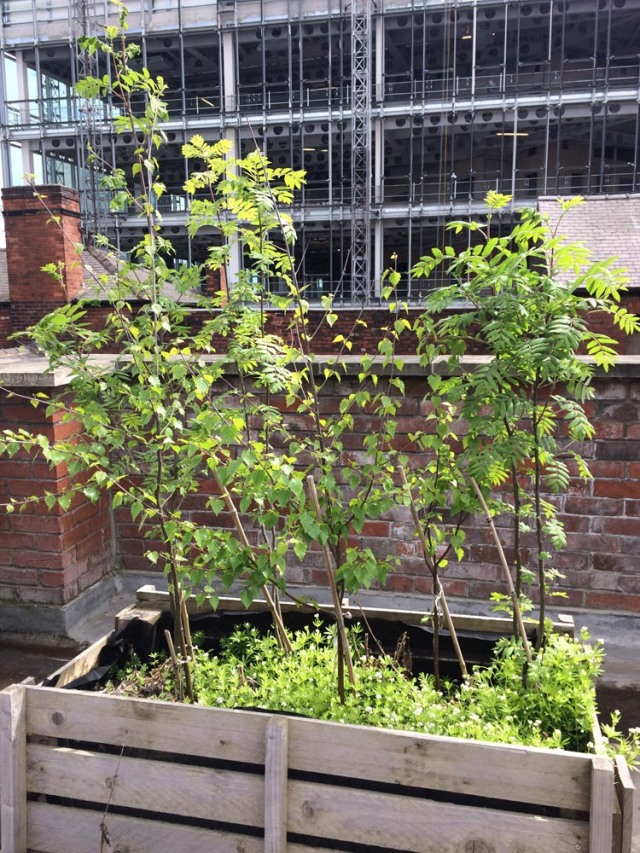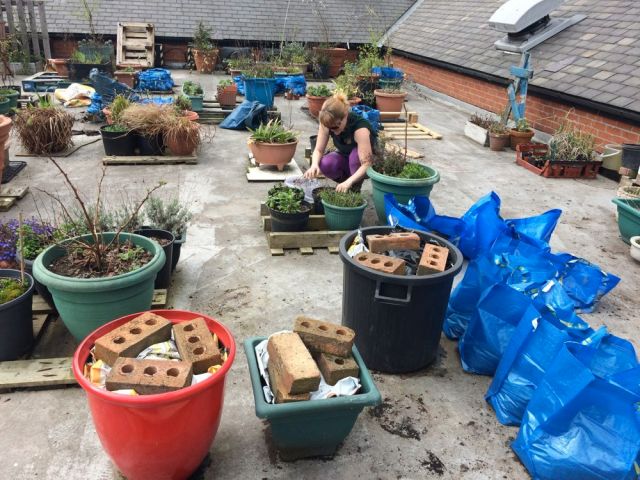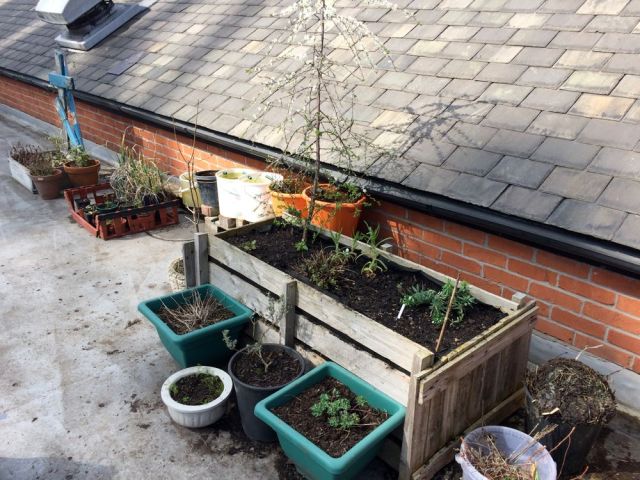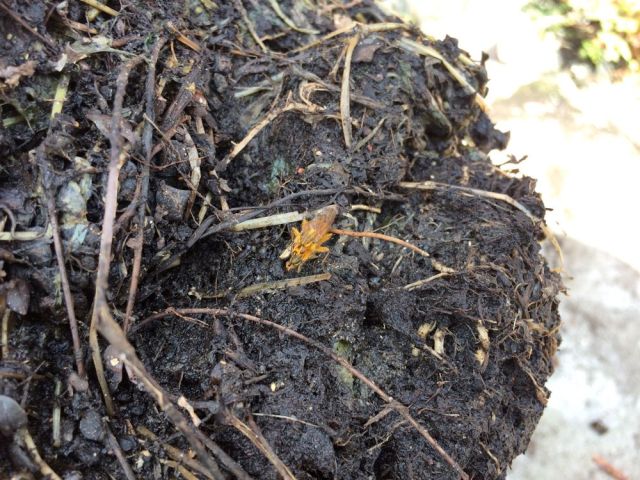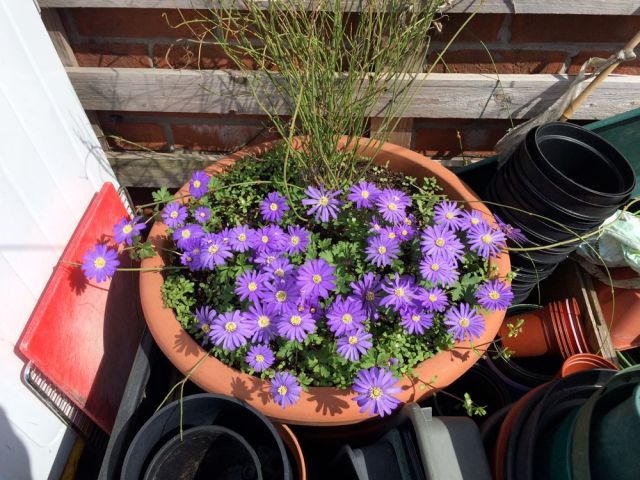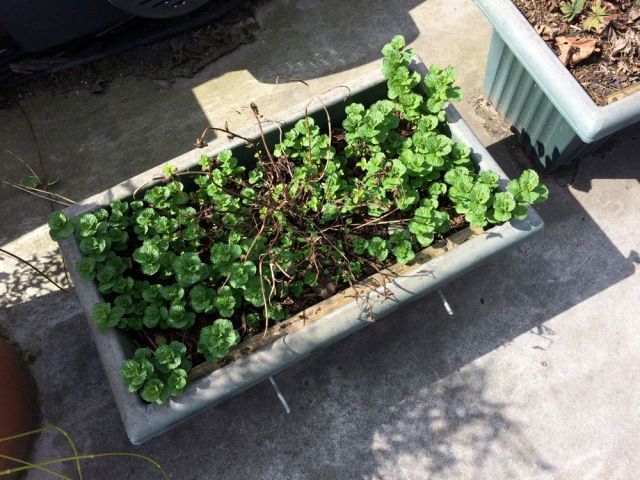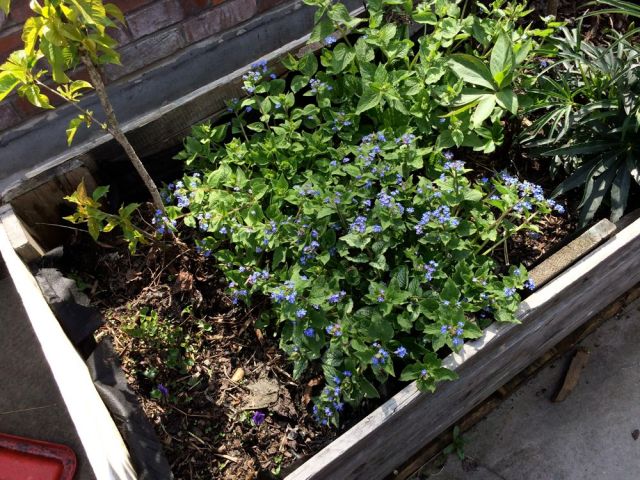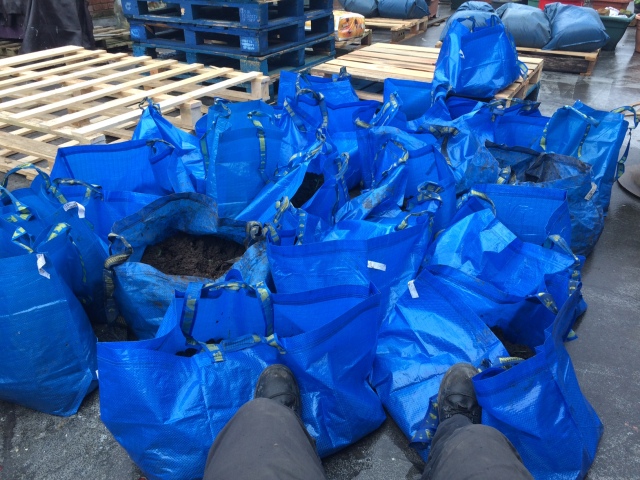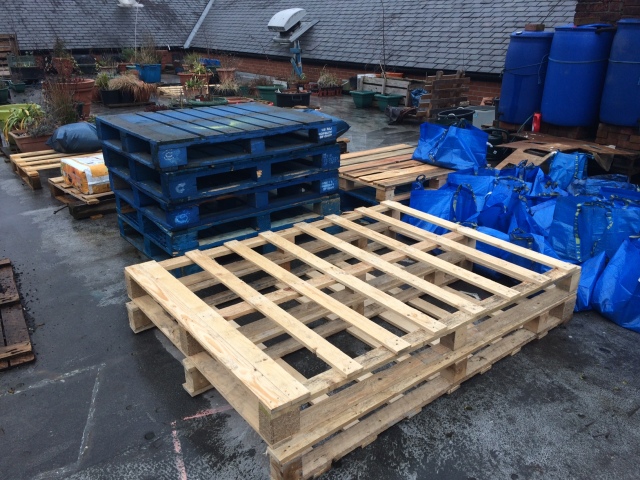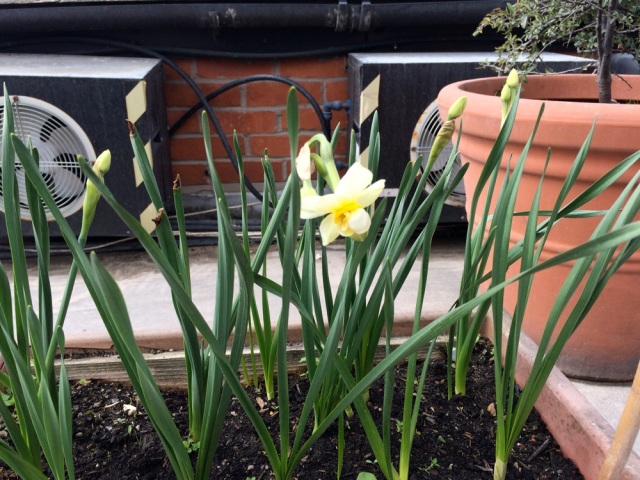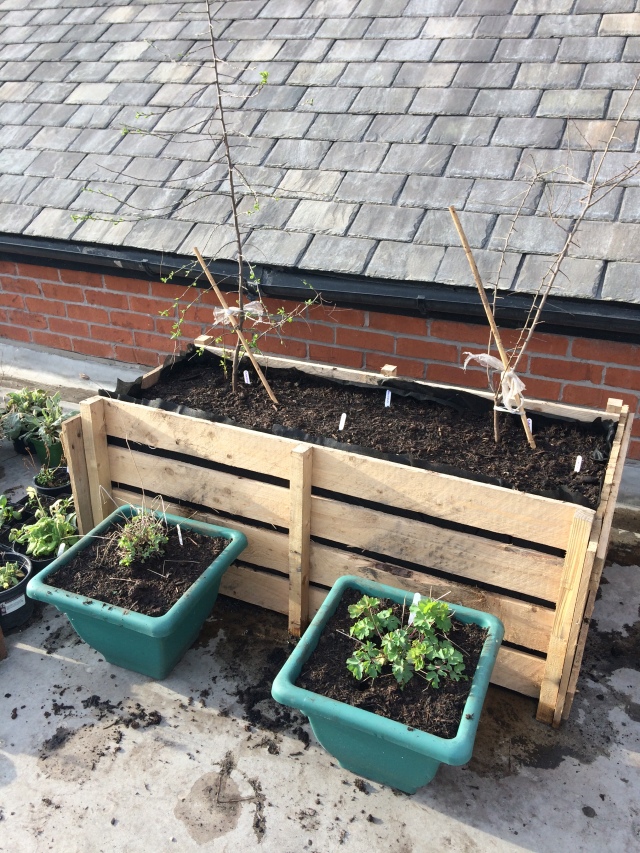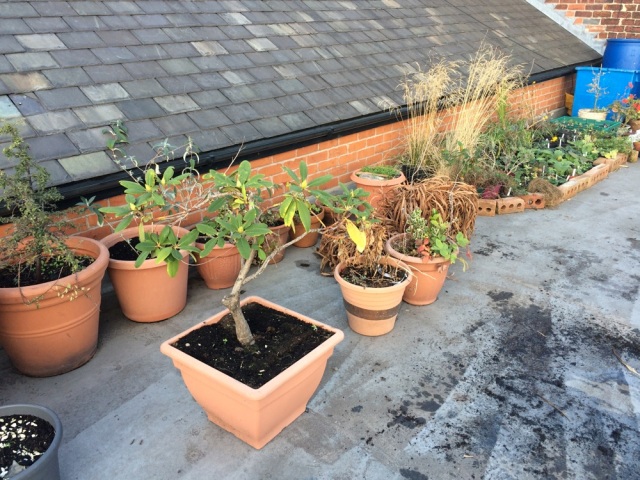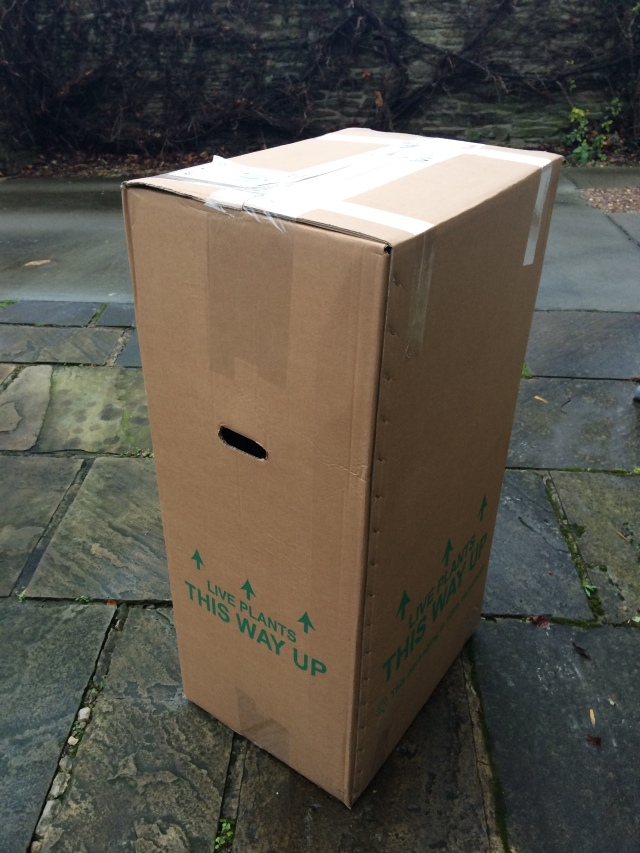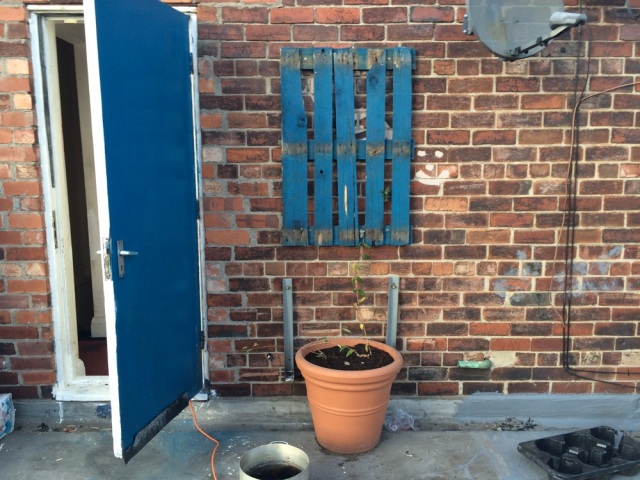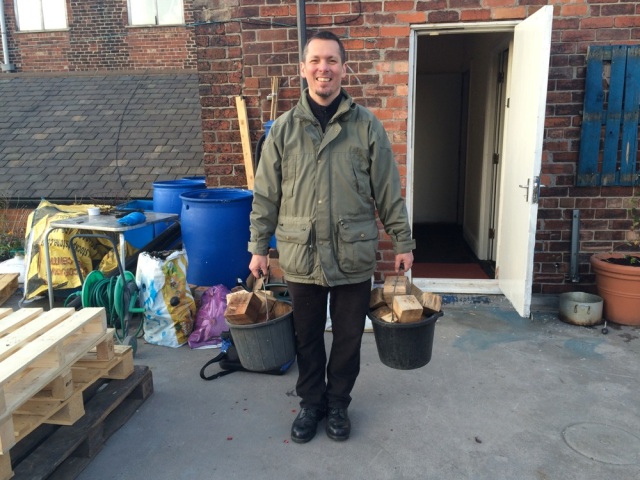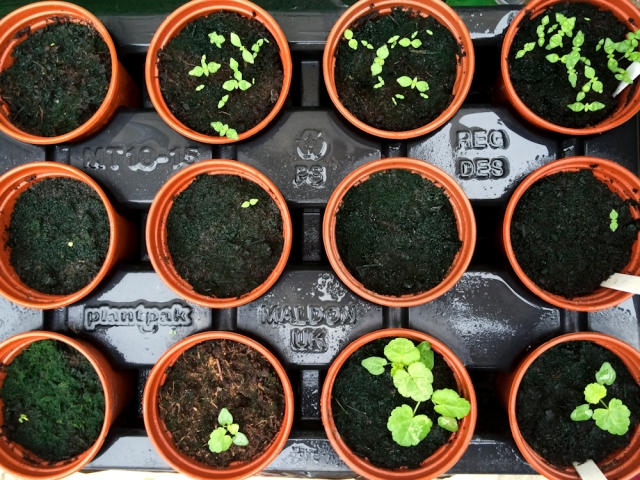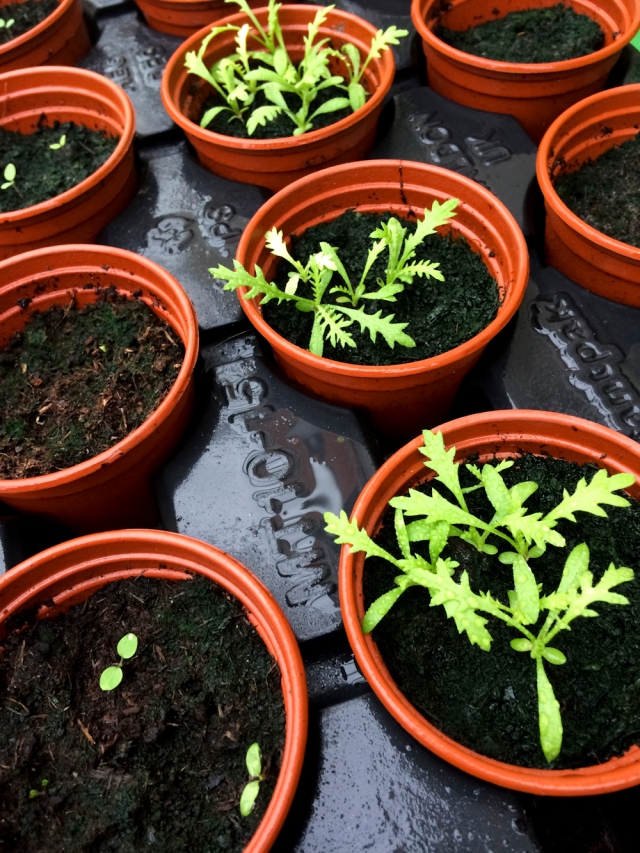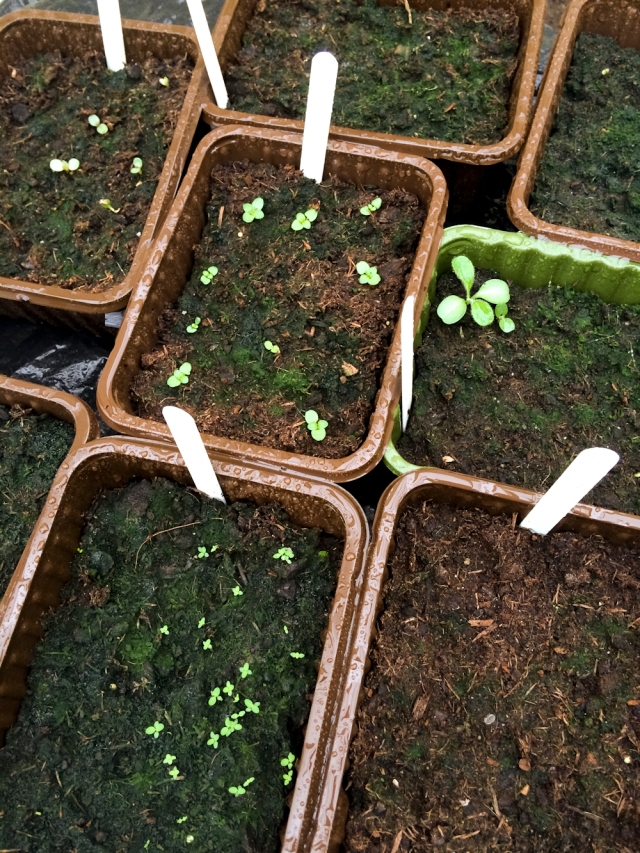
We said we would do it, and we did it. We said it would work, and it worked.
Despite neglecting our social media for the DINA Rooftop Garden, the one thing we did not neglect last year at the DINA Rooftop Garden was the garden bit of the DINA Rooftop Garden. By the end of our first growing season, in 2017, we had created a pesticide-free habitat for insect wildlife that included at least two species of bees, along with several species of flies, spiders, worms and other invertebrates that were not there before. And it only took one growing season.
We built it and they came.
Here are some photos from last week, and things are starting to flower, bud and spread already. I’ll post a selection of the highlights of last year’s growing season soon.
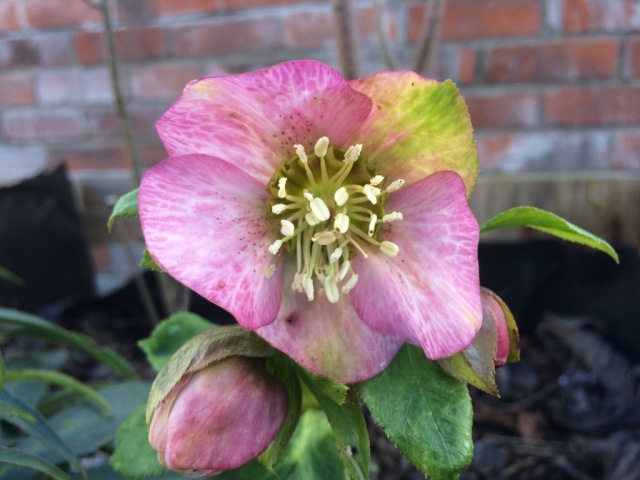





This is not the only project of its kind, but it’s just a drop in the ocean, and there needs to be a lot more of them. In this country, we have institutions of central government, local government and corporate business that seem intent on destroying every living thing that surrounds us and putting up parking lots. Here in Sheffield, Sheffield City Council and South Yorkshire Police are more concerned with protecting the interests of private contractor Amey Plc than the human rights and interests of the residents. You are probably already aware of the ongoing controversy regarding, what many of us believe to be, the excessive felling of street trees. I won’t go into detail here, you can find plenty of coverage online.
It cannot be overstated just how important our environment is to our health and continued survival, even for billionaires.
After a couple of false starts, due to surprise snowfalls, Fran and I had our first serious session working on our second growing season. We bought organic “black gold” compost from nearby Heeley City Farm and I took down 40 IKEA carrier bags that I bought a few days ago. I have mixed feelings about IKEA, as it is a rapacious corporation but not as rapacious as some. Rationlisation follows:
You can’t be pure in an impure world, but how do you maintain a degree of morality?
Leverage.
Last year, I did a garden labouring job for a friend where I had to make a temporary repair to a shed whose roof had partially collapsed. We tethered a large blue tarpaulin over the hole and, whilst I was securing the tethers, I notice bees swarming around the tarp. I found out later that the blue end of the spectrum of light is particularly attractive to bees. I had kind of assumed it would be nice bright yellows, but what the hell do I know?

I had the idea last year, but when Spring seemed to have finally arrived, I looked up the cost of IKEA carrier bags, with a view to using them as cheap, ready-made planters. 50p for the large 71 litre ones and 40p for the smaller 36 litre bags. Both good sizes for growing plants. They might only last a couple of years, but I decided to shorten our route to Eden and buy, or rather leverage, some rather than follow the lower cost but higher effort of scrounging for pots and planters online (we still want more though, so please donate). They are fantastically cheap compared with even the cheapest pots, and much larger than the low-cost plastic buckets that are available at B&Q and Wilko.
I realise they are made in the far east (probably by children) and that they are made of plastic, and that they are probably of a subsidised cost in order to encourage you to buy more in the IKEA stores, but so what? You can’t be pure in an impure world and I saw this as shortcut to expanding the garden for minimal cost and effort.
And they’re blue!
They might not last long, but we can replace them bit-by-bit with other planters and pots (and recycle them obvs). In the meantime, we are using the tools of corporate consumption for the purpose of environmental activism.
#Winning


